Maybe the Problem of Sundance is the Distribution, Not the Content

The reason a year seems to pass so quickly is that it starts so darn fast and the only constant is fast, faster and fastest change.
The M&E (media and entertainment) industry took up a lot of attention (and space) at CES – the everything for everyone show.
Even before all the screens, cameras and storage solutions were packed up and shipped home; people were unpacking their skies, parkas, cameras, storage and hopes in Park City, Utah for Sundance, the first huge film festival of 2018,
Studios, cinemas and networks had raised ticket prices, monthly cable fees and ad rates to stay in the black. And they had rehearsed their reasons for the slump in theater attendance and declining home screen eyeball numbers.
Obviously, the downturn wasn’t because of sequel fatigue or weak lineup of films/shows.
Of course, it was all because of FAANG (Facebook, Amazon, Apple, Netflix, Google); BAT (Baidu, Alibaba, Tencent); and the insatiable millennial appetite for new/different OTT (over the top) content.
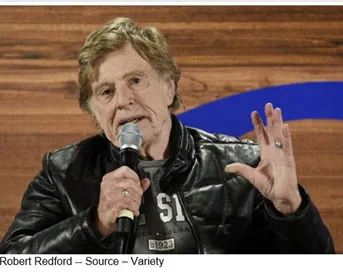
Back in 1978, the state and city fathers had no idea what they were getting into when Robert Redford, Sterling Van Wagenen, John Earle and Cirina Catania put together a modest, once-a-year event to attract to filmmakers to Utah.
The independent American-made filmmaker testing ground has arguably become the worldwide event for self-made film artists and the place to show off, be seen, explore new creative endeavors/techniques in addition to launching a successful video production career.
This year’s Sundance Film Festival had all of that – and more/less.
It set the stage for the broader and more defining/more diverse role films, shows and video content can play in the future.
Stories and talent from under-represented communities found their way to Park City where The Sundance Institute gave them the national/international stage to be seen/heard as well as the chance to be picked up by distributors for an even larger audience.
Institute founder Robert Redford drew a line in the snow on the opening day, saying that the event was moving beyond the Miramax founder. Going forward, the event would provide a platform for filmmakers to examine, air and creatively discuss events of the day. He made his position very clear when he said, “The role for men right now is to listen. To let women’s voices be heard and think about it.”
But Sundance has typically been ahead of Hollywood in promoting women filmmakers.
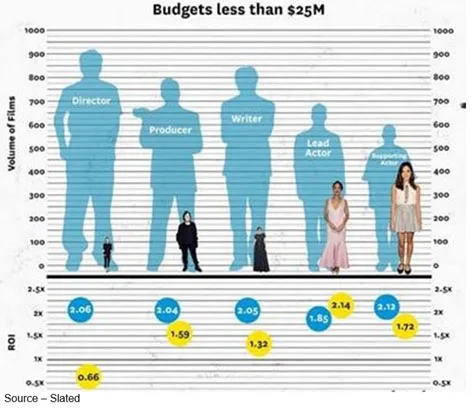
Despite the Sundance focus, there’s still a gender disparity with male directors getting nearly three times the number of screens for their projects than females.
While according to Slated, the female ROI (return on investment) is greater, they still get fewer opportunities, resources and lower compensation.
To deliver balance this year, Sundance judges selected projects from 43 female feature-film directors and 42 percent of the short films were directed by females (37 percent of the 122 feature films premiered).
The crop of new films, documentaries and long/short series presented enlightened, bold, humorous, thoughtful and thought-provoking stands on race, gender, history and world issues.
For the indie filmmakers – male or female – the big question was (as always) sales.
The days of brokering deals and hobnobbing with both Hollywood’s elite and soon-to-be elite has changed dramatically in recent years.
It reflects the industry change.
It used to be content companies/studios made TV shows and movies and sold them to pay-TV distributors, who sold them to consumers.
With the increase in mergers and the aggressive nature of FAANG and BAT, it’s a new landscape.
This year’s festival featured 110 films from more than 13,000 submissions from 29 countries, in 14 categories including premieres, docs, indie episodics, shorts and younger lives works.
And while having people cheer and praise your creative work is still high on any indie filmmaker’s wish list, so is money.
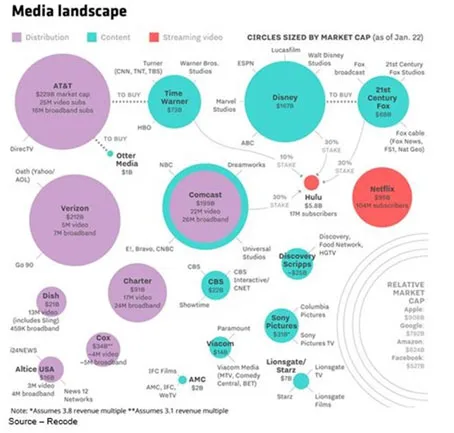
Perhaps because of the bloat of overpriced sales in recent years and the growing number of dealmakers and wanna’ bes who increasingly attend Sundance, the Savannah College of Art and Design (SCAD) panel discussion during the 10-day event was SRO (standing room only).
Hosted by YouTube, even veteran Sundance attendees wanted to pick up new hints from ‘How to Get Your Film Out There – The Digital Experts Weigh In’ panelists.
The panel session wasn’t a roadmap to financial success, but folks were taking lots of notes. That’s because indie institutions like Fox Searchlight (acquired by Disney) and Focus Features have seen tough competition emerge in recent years.
The deep-pocketed FAANG and BAT crowd were back again this year with checkbooks and viewing schedules, looking for worldwide streaming rights to content for their subscribers.
At the same time, distributors were cautious this year because so many done-deals had unraveled after filmmakers faced misconduct accusations and high-stakes bidding failed to produce sales at the box office or on the multitude of streaming screens.
Despite the obstacles, distributors came to Sundance because it’s a launching pad for titles and a great opportunity for them to discover new movies to acquire and for new filmmakers to work with in the future.
Hope springs eternal!
While diversity and gender issues were in the back of the minds of many attendees and distributors, it didn’t hurt that two of last year’s biggest entries – “Get Out” and “Mudbound” – were serious Oscar contenders this year.
“Call Me By My Name” also deserved to be mentioned and there were even more recognized in other competitions.
Sundance and the financial winners like to talk about the major deals, even when the content produces nothing but red ink.
While Sundance always features diverse voices; this year, the quality was promoted as being even better and there’s nothing like a great crowded screening at the Eccles Theater or at the new 500-seat Ray Theater that featured completely immersive audio, thanks to the inclusion of the Dolby Atmos sound system.
Unique Search – Sony was one of the first to sign a big check for the highly unusual and tense film “Search.”
Search is a hard film to explain but it worked for Sony because they picked it up and it makes you feel that they just might have drawn some of it from your family, you.
Shot entirely on computer screens, John Cho’s daughter is missing; and over the course of the drama, you see how little he knows about her and what she does. You reflect on your own family and say,” Jeezz, I don’t have a clue.”
It has more twists and turns that keep you guessing and make you feel you should go home, throw away all of the devices in the house and do something weird, like sit down and talk to your family.
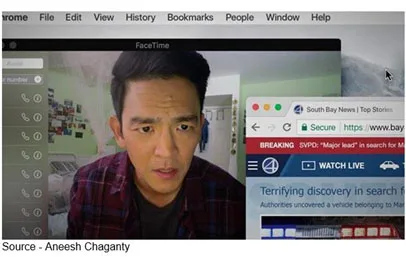
While some of the dealmakers called the parade of content “awful,” “boring,” or just plain “weak,” I disagree with the feedback because each had a message a filmmaker had a burning desire to share with the world.
That’s damn brave and something the people with the check books wouldn’t have the guts to do.
All the dealmakers were looking for some magic, something that would make them a hero to their bosses because it made a boatload of money.
Those miracles only come along once in a blue moon; and even then, most of the distributors only see it in the rearview mirror and by then, it’s a little late.
Many of the films had vision and quality and there were even a few that had broad viewer appeal–even if the purchase prices weren’t astronomical.
Some buyers were pleased with their festival experiences, arguing that there were many films of vision and quality, even if there were fewer films that had broad appeal.
Getting that global appeal is becoming more difficult as theater tickets continue to rise and distributors toy with simultaneous theater/payTV distribution, international releases and OTT ad-supported viewing.
At the same time, they have to more aggressively combat torrent sites that are hell-bent on stealing from filmmakers, crew, distributors, everyone in the industry.
But this year, all 360-degrees of VR (Virtual Reality) proved it has a decided place in visual storytelling.
After director Alejandro González Iñárritu’s VR experience, Carne y Arena, won a special achievement award at the Oscars last year, the technology made a major leap forward in becoming a legitimate artform.
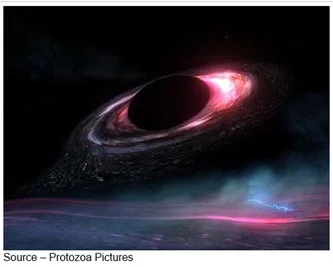
That was also shown with hard cash when Spheres – a three-part series that lets you explore the depths of space in VR – sold for a solid seven figures to CityLights. The key now will be getting people to pay to watch.
There are still naysayers who proclaim that VR is just like 3D, a passing fancy.
We asked Andrew Shulkind, an award-winning cinematographer, who stopped by the OWC event at Sundance, about the state of VR.
Shulkind has shot traditional films like The Ritual, The Vault and Panic Room as well as over 40 of the top cinematic VR projects for top brands, studios and sports leagues.
“There are exploratory, definitive pieces like Dinner Party that easily fit into the traditional film festival format,” he said, “but then there are super edgy, experimental pieces like Spheres and Dispatch that really lean into the complete potential of what we can do with virtual environments and the efficiencies of AI to deliver both singular and social experiences.”
Shulkind, who was at Sundance with Intel and Google showing the near and long-term potential of VR, noted he had taken a work break to check the work of friends at Starbreeze Studios, StarVR and iNK Stories.

“If you want to experience the full potential of VR right now you’ve got to check out “The Hero Experience’” Shulkind emphasized. “It’s extraordinary and meaningful and exactly what VR should be at this minute.
“For decades, motion pictures were the most refined example of nuanced storytelling. But the interactivity of gaming, with the advances of processor power that allow for hyper-realistic graphics and better shading has created a massive industry that is outpacing the motion picture business and encourages its own brand of nuance. Combine those two powerful legacies with the efficiencies and ubiquity of mobile devices, cloud computing and increasing content spends and you have the makings of a completely new form of expression at levels of immersion never possible. Modern versions of content will require something of the viewer, both from an engagement standpoint, but also in terms of user information. These experiences will be underwritten by the value the user’s shared data brings to the platform.”
The Hero Experience literally puts users in the danger zone as never before and it is impossible to come out of the experience unchanged. Shulkind added that Hero Experience and a few other mixed reality projects that tap the talents and storytelling possibility of filmmakers make the experience deeper, richer and constantly changing.
Shulkind doesn’t see virtual reality, augmented reality, mixed reality, traditional commercials, or movies as separate verticals. “Cinematic imaging is imaging, no matter how big the screen; and we need to start defining entertainment (or content, if you insist) more broadly to encompass all of these types of storytelling.” Meanwhile, he’s keeping his feet in both camps, having recently shot content for a Chinese theme park, projects with Intel’s volumetric studio, TrueVR and the NFL that was debuted at CES, as well as a Pepsi commercial for the Super Bowl.
Sundance has always been a place for all voices, but it feels especially poignant this year when the contradictions of race and gender inequality are finally coming to light industry-wide.
“Big changes are finally afoot, both in terms of the quality of stories being told and who gets to tell them,” he noted. “That goes for content creators and distributors. The splashy parties used to be Miramax and Sony Picture Classics and Fox Searchlight; and now, the biggest parties in the best locations are Oculus, Kickstarter, Google/YouTube, Intel, Imdb.com Netflix, and Amazon. The quality of immersive entertainment doesn’t yet match up with the award-winning commercials and movies that we know and love, but that day is coming.”
Sundance 2018 may not have been hugely profitable for filmmakers; but then, overnight sensations usually take time to be discovered.
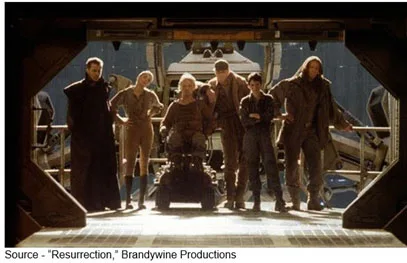 Or, as Ripley said, “I don’t know. I’m a stranger here myself.”
Or, as Ripley said, “I don’t know. I’m a stranger here myself.”
# # #